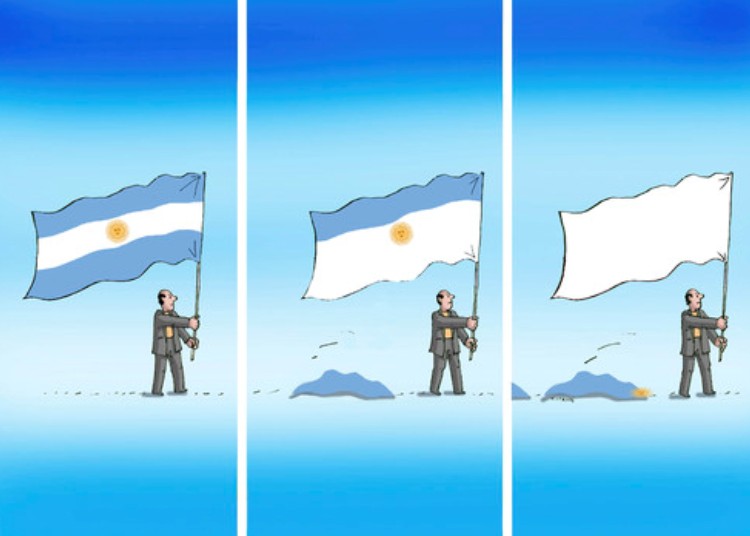The dynamics of the manufacturing industry relapsed month after month since the assumption of Sergio Massa as Minister of Economy and José de Mendiguren in Production.
The closing of imports makes it increasingly difficult to acquire the necessary inputs to sustain the level of activity.
Industrial production continues to set precedents of recession, a trend that already seems completely inexorable in view of 2023.

The INDEC announced that the installed capacity use of industrial manufacturing activity reached only 62% in January 2023.
The automotive industry was the sector hardest hit by the recession and import restrictions and was only able to operate at 31% of its capacity during the month of January.
It operated with the lowest capacity utilization since January of last year.
For its part, textile production barely reached 41% of its idle capacity, the metal-mechanic industry 45.3%, rubber, and plastic production reached 52.2%, the tobacco industry 55.7% and food production reached 60.4%.
The government boasts of its “industrialist” vision as a pillar of the economic model, but the truth is that so much publicized reactivation does not exist.
A brutal drop of 11 percentage points in the installed capacity use has been accumulated since August 2022, when Sergio Massa took office as Minister of Economy and José de Mendirugen as Secretary of Industry and Productive Development.
The Secretary of Production highlighted the year-on-year comparison of the industrial capacity use between 57.5% in January 2022 and 62% in the same month in 2023.
However, this comparison is derisory because it does not consider the productive recession suffered by the country since the second half of last year.
The protectionist clauses were completely useless in reactivating industrial production, as well as in increasing the intensity of factor exploitation.
The drain of foreign currency generated by the foreign exchange restrictions required (both the customs authorities and the BCRA itself) to apply severe quantitative limitations to imports.

Without greater access to the imported inputs necessary to sustain the activity level, manufacturing production accumulated a 2.66% decline between August 2022 and January of this year, the months of Minister Massa’s administration.
The Kirchnerist government deployed a whole battery of isolationist and autarkic measures for foreign trade, including differential internal taxes for imports, the generalization of non-automatic licenses (LNA) and the increase of tariffs applied to technology (mainly computers and tablets).
In addition, applying heavy export taxes also affects the volume of imports.
It is impossible to import without also exporting; the two metrics have a very pronounced relationship.
With information from Derecha Diario

